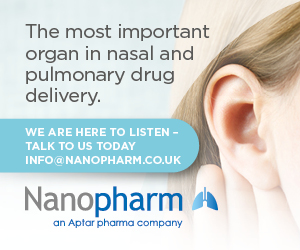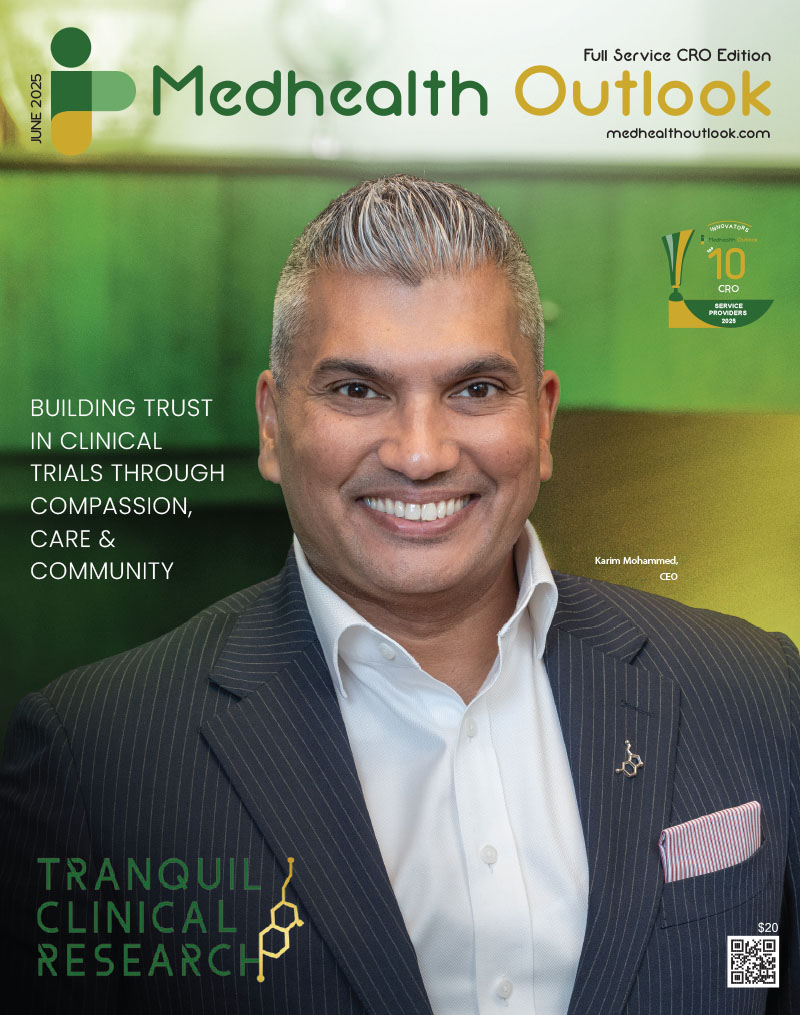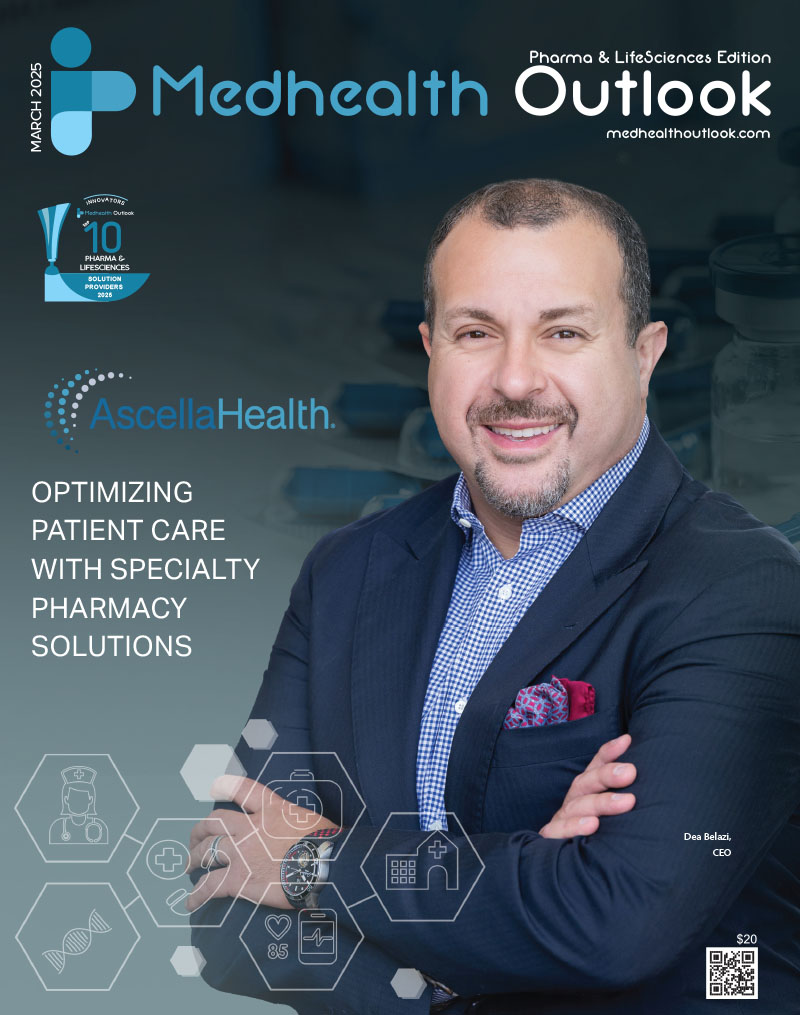The COVID-19 pandemic has challenged the mental health of communities worldwide. In the United States, disruptions to learning and school-based supports, social isolation, an economic recession, and other life-altering issues have left many feeling alone in managing any number of pressures and stressors. As a result, an unprecedented impact on mental well being has occurred and an environment in which substance use disorder (SUD) thrives rather than recede has ensued. Substance Abuse and Mental Health Services Administration (SAMHSA) defines substance use disorder as the recurrent use of alcohol and/or drugs causing clinically significant impairment, including health problems, disability, and failure to meet major responsibilities at work, school, or home.
A June 2020 report from the Centers for Disease Control and Prevention (CDC) showed more than 13% of respondents started or increased substances use to cope with stress or emotions related to COVID-19.A notable increase in use among those with existing substance use disorders has also been documented. With pressures and worries continuing, this spike in both quantity and frequency of substance use has not waivered contributing to a record high-overdose rate, the highest our nation has experienced in the past five years.
In addition to opioids and illicit drugs use, a more commonplace substance has shown a substantial uptick in use during the pandemic as many have turned to alcohol to decompress, reduce stress, and escape. Alcohol misuse is concerning on its own, but research supports that alcohol can exacerbate the risk of illicit drug use, amplifying the need to address misuse early.
It has been reported that the pandemic has increased relapse for those diagnosed with substance use disorder, but perhaps more concerning is that it has created an increase in first-time diagnoses. Thus, while addressing existing diagnosis is imperative, preventing substance misuse and progression is foundational. By addressing barriers to care, and cultivating an integrated, whole health approach, advancements in prevention and treatment can be made.
Increasing education and awareness and promoting anti-stigma messages can help decrease barriers to treatment and normalize the difficulties that many are experiencing. As part of that process, it is important to recognize that there are specific needs and nuanced experiences that must be taken into account when serving certain populations. SUD impacts individuals of all racial and ethnic groups, and those of varying socioeconomic status. By tailoring support to be sensitive to these distinctions, recovery and prevention are better achieved and health disparities can be decreased.
An integrated approach to administering evidence-based treatments, such as medication-assisted treatment (MAT), along with preventive efforts aimed at mental and physical health that consider social determinants, has the potential to provide further benefit than substance treatment alone. Understanding the increased prevalence of SUD and encouraging coordinated care between primary care physicians and mental health specialists is key to combatting this epidemic. To this end, virtual and TeleBH treatment options that have taken a fast track to adoption amid the pandemic have the potential to continue to be a valuable resource for SUD treatment and help address barriers to care such as access and stigma.
The pandemic’s impact on substance use is not something the nation will recover from quickly. The trickling effects of SUD not only impact individuals but entire families and communities as well. Targeted, integrated treatment that addresses the whole health of an individual coping with substance use disorder, as well as amplified efforts to increase funding for mental health services and education, will be the difference between relapse and recovery.


















